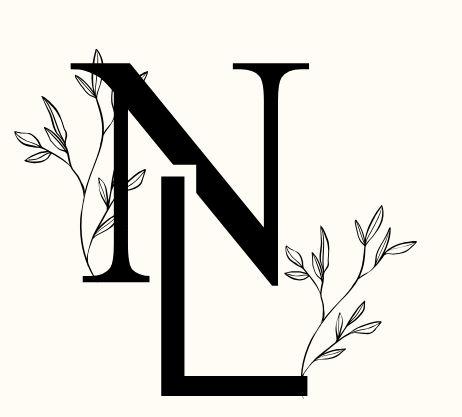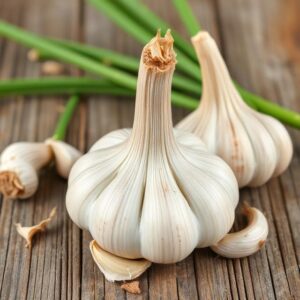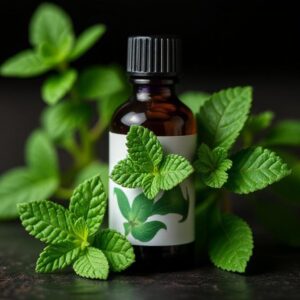Chamomile is a flowering herb that is widely appreciated for its calming and soothing properties. However, its healing potential is often overlooked. This powerful plant has been used medicinally for centuries due to its ability to promote overall well-being. From relieving anxiety and stress to reducing inflammation and promoting better sleep, there’s no shortage of ways chamomile can be beneficial. In this article, we’ll take a closer look at how chamomile can be used to promote overall health, and how to use it right.
A Brief Introduction to Chamomile
The chamomile plant, also known as Matricaria chamomilla, is a member of the daisy family. It’s native to Europe, North America, and Asia, and its name is derived from the Greek words “chamos”, meaning ground, and “melos”, meaning apple, which references its apple-like fragrance. This easy-to-grow herb is renowned for its calming effects and its soothing aroma, and it’s one of the most popular herbs in the world.
Chamomile contains a number of phytochemicals, including flavonoids and terpenoids, which are responsible for its powerful healing properties. Some of the most commonly used varieties of chamomile include German chamomile (Matricaria recutita) and Roman chamomile (Chamaemelum nobile).
The Many Benefits of Chamomile
Chamomile has long been touted for its calming effects, which is why it’s frequently used in tea to help reduce anxiety and stress. In addition to its calming effects, however, chamomile also has numerous other health benefits. These include:
- Improved Digestive Health: Chamomile has been shown to promote healthy digestion. It can help to reduce inflammation in the digestive tract, and it can also soothe the symptoms of indigestion, heartburn, and irritable bowel syndrome. Plus, it can help to reduce gas and bloating.
- Enhanced Skin Health: Chamomile is an anti-inflammatory and antibacterial agent which can help to reduce inflammation and reduce acne and eczema. Chamomile can also help to speed up the healing process of wounds and minor cuts and reduce the risk of infection.
- Natural Sleep Aid: Chamomile can help to promote better sleep and improve overall sleep quality. This is in part due to its calming effects, as well as its ability to reduce anxiety and stress.
- Lowered Stress and Anxiety Levels: Chamomile is an adaptogen, which means it can help the body adapt to stress and restore balance. This makes it an ideal herb for those who suffer from anxiety and depression.
- Improved Immune Function: Chamomile is a natural source of antioxidants, which can help to boost the immune system and protect the body from damage caused by free radicals. Research has even shown that chamomile can help to regulate the immune system and reduce the risk of chronic disease.
- Pain Relief: Chamomile contains an anti-inflammatory agent known as apigenin, which can help to reduce pain and inflammation. It has been shown to be effective in managing the symptoms of arthritis, migraines, and period cramps.
- Improved Heart Health: Chamomile can help to lower levels of cholesterol and blood pressure, which can help to reduce the risk of heart disease.
- Quicker Recovery Time: Studies have shown that chamomile can help to speed up the healing process of wounds and reduce the risk of infection.
How to Use Chamomile Right
Now that you know the many benefits of chamomile, it’s important to know how to use it right in order to get the most out of its healing properties. There are a number of different ways to use chamomile, depending on the desired effect.
Tea:
One of the easiest and most popular ways to use chamomile is to make a cup of tea. Simply steep two to three tablespoons of dried chamomile flowers in a cup of boiling water for 10-15 minutes. Strain and enjoy. Drink 1-2 cups of chamomile tea per day for best results.
Aromatherapy:
Chamomile can also be used in aromatherapy to promote relaxation and reduce stress. Add a few drops of chamomile essential oil to a diffuser or to a warm bath to help soothe anxiety and promote relaxation.
Topical Applications:
Chamomile is also commonly used in topical applications to relieve pain and inflammation. To use chamomile topically, create a chamomile tincture by steeping chamomile flowers in vodka for several weeks. Once the tincture is ready, it can be applied directly to the affected area.
Dietary Supplements:
Chamomile is also available in dietary supplement form, such as capsules and tinctures. These can be taken as directed to help promote overall health.
Finally, it’s important to note that chamomile is generally considered safe for most people, but it should be used with caution in certain circumstances. Pregnant and breastfeeding women should avoid using chamomile, as it can induce contractions and can have a negative impact on the developing fetus. In addition, those with allergies to plants in the daisy family should also avoid chamomile.
In conclusion, chamomile isn’t just calming—it has a number of powerful health benefits as well. From improving anxiety and promoting better immune function to reducing inflammation and promoting better sleep, chamomile can be a valuable addition to your wellness routine. By using it right, you’ll be able to take full advantage of its healing properties.





